I am wanting to place a 3mm LED and carbon resistor, outside between two paving stones. There is about a 4mm gap between pavers where the parts will be. The top of the Led will be flush with the top of the pavers and there will be wires running under the paving stones to remotely power it. There will be one led every 40cm for around 6m, where they are being used to provide a diffuse glow to underlight a rock wall. No room to place a more traditional sealed unit.
How can I protect the Led leads and resistor from moisture? Will heat shrink be sufficient or is there something better to encase it in? I know this will not be a perfect solution but I am hoping to provide something that can survive a few years. With it being set in concrete, I only get one chance to get it right.
Once the led/resistor are placed between the pavers, locking sand will be poured around them, which sets like concrete after being wet once. Only the top of the led lens will be visible. Problem I see is that moisture will still seep through somewhere.




